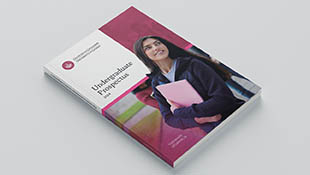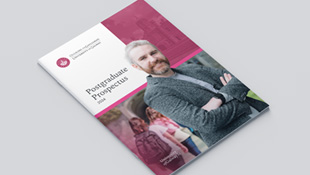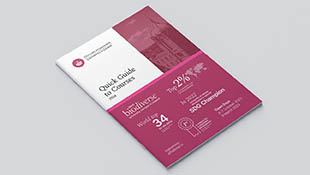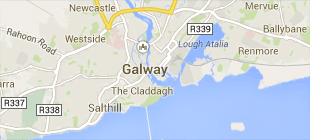-
Courses
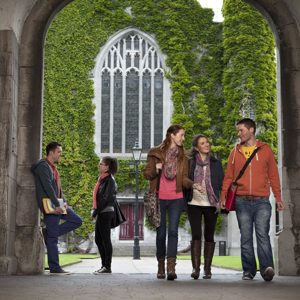
Courses
Choosing a course is one of the most important decisions you'll ever make! View our courses and see what our students and lecturers have to say about the courses you are interested in at the links below.
-
University Life
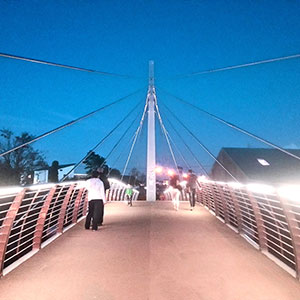
University Life
Each year more than 4,000 choose University of Galway as their University of choice. Find out what life at University of Galway is all about here.
-
About University of Galway
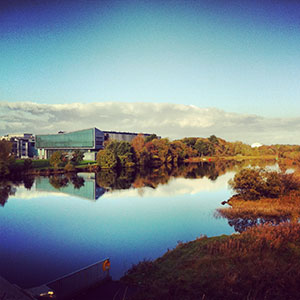
About University of Galway
Since 1845, University of Galway has been sharing the highest quality teaching and research with Ireland and the world. Find out what makes our University so special – from our distinguished history to the latest news and campus developments.
-
Colleges & Schools
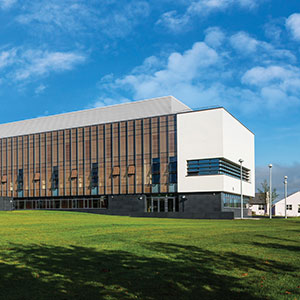
Colleges & Schools
University of Galway has earned international recognition as a research-led university with a commitment to top quality teaching across a range of key areas of expertise.
-
Research & Innovation
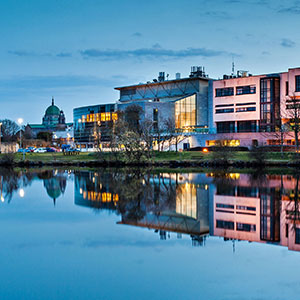
Research & Innovation
University of Galway’s vibrant research community take on some of the most pressing challenges of our times.
-
Business & Industry
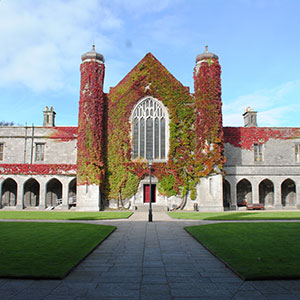
Guiding Breakthrough Research at University of Galway
We explore and facilitate commercial opportunities for the research community at University of Galway, as well as facilitating industry partnership.
-
Alumni & Friends
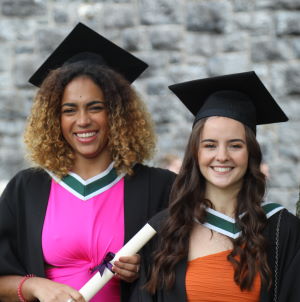
Alumni & Friends
There are 128,000 University of Galway alumni worldwide. Stay connected to your alumni community! Join our social networks and update your details online.
-
Community Engagement
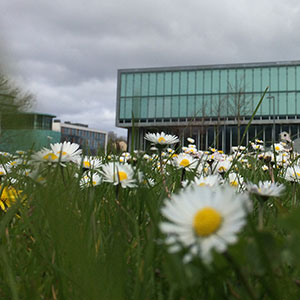
Community Engagement
At University of Galway, we believe that the best learning takes place when you apply what you learn in a real world context. That's why many of our courses include work placements or community projects.
Semester Two
All modules are 5 ECTS modules, and consist of two lectures per week, each of one-hour duration. Please click on a module title to reveal a description of that module.SG116 Celtic Mythology, Religion & Folklore
This module examines the evidence for the religious beliefs of the pre-Christian Celts and explores some of the essential elements of Celtic mythology. Evidence from Continental Europe, Britain and Ireland will be consulted, from the late centuries BC to the Middle Ages in Ireland. This module includes an introduction to some major Irish mythological texts (read in English translation), and to some of the major themes and elements of that mythology, and will engage with a critical approach to analysing these themes and elements as they are found in surviving mythological texts. The second section of this module engages with the modern folklore of Ireland from the nineteenth and twentieth centuries, focusing on the recorded folk beliefs and customs from that era involving the traditional calendar and seasons, stories of Otherworldly beings, saints and sites of pilgrimage, death customs and other ritual practices in Ireland. No previous knowledge of this material is assumed.
On successful completion of this module, you should be able to:
- Demonstrate knowledge of the major themes of Celtic folklore and mythology, and the social and cultural contexts in which they are found.
- Discuss a range of relevant primary and secondary materials, and assess their evidence for our knowledge of Celtic mythology and folklore.
- Critically analyse the meaning of folklore and mythological sources.
- Communicate their knowledge in written form, including the use of a range of literary and editorial conventions.
SG217 'A Field of Gods and Men': Ancient Celtic Myths
The medieval Celtic peoples left us a wide range of texts recording traditional stories and legends which have a background in the ancient mythology of the Celts, some of which are introduced in the first-year module SG116. This second-year module uncovers more of the detail in these texts, looking at the ways in which the medieval Irish and Welsh received and represented these tales of pre-Christian gods. The module also takes account of the material that we have from ancient times themselves, in the inscriptions and iconography of the early Celts of Britain and Continental Europe, and introduces the student to the ways such sources cast light on the belief systems of the Celts in early history and prehistory. The quote ‘A field of gods and men’ is a translation of a phrase on a Celtic inscription from northern Italy of the first century BC, and indicates a place where, it seems, gods and men would be linked in some way through ritual practices.
Learning outcomes:
- Detailed knowledge of the sources for ancient Celtic mythology.
- Detailed knowledge of the analysis of medieval sources for Celtic mythology.
- Ability to deal critically with sources from a wide variety of genres and media.
- Knowledge of the belief systems of the ancient Celts.
SG220 King Arthur and the Holy Grail
King Arthur and the legends surrounding him are known from medieval times throughout western Europe, but his origin is as a Welsh folk hero. The module traces the earliest development of the Arthurian legend from its Welsh beginnings, looking at our earliest sources to bear witness to Arthur (from Wales in the ninth to the eleventh centuries), and considers how this hero from a far western-European culture became famous throughout the world. The Celtic origin of the theme of the Holy Grail is examined as well as the way it became represented and adapted in later literature and culture. The Welsh origin of the character of Merlin the Magician will also be studied. Original sources in translation will form the basis of the study of all these themes.
Learning outcomes:
- Knowledge of the earliest sources for ‘King’ Arthur.
- Knowledge of the origins of the Arthur legend.
- Knowledge of the Celtic roots of the Grail legend.
- Knowledge of the way the originally local Welsh hero became o familiarliterary figure throughout Europe and the world.
- Critical understanding of the way the legends were interpreted and reinterpretedin successive periods by different cultures.
SG222 Medieval Irish Language II
SG316 The Celtic Languages and their Relatives
The Celtic languages form a language family that includes not only the languages of medieval and modern Ireland, Britain and Brittany, but also several ancient languages of France, Spain, Italy and even Turkey. And this family of languages is part of a wider family, Indo-European, that encompasses hundres of languages throughout Europe and Asia and, by now, through historically recent expansions, many other parts of the world. This module will show the student how the known Celtic languages are related to each other, including looking in detail at some of our sources for the ancient Celtic languages, and will provide an introduction to the methods by which we show how languages from Galway to Calcutta, from Inverness to Tehran, are all derived from a single original language spoken around six thousand years ago.
Learning outcomes:
- Detailed knowledge of the ways the Celtic languages are related to each other as a coherent language family.
- Detailed knowledge of the place of the Celtic languages in the Indo-European language family.
- Appreciation of the information to be gained from sources for the ancient Continental Celtic languages.
- Knowledge of the methods and results of comparative-historical linguistics.
SG320 Medieval Women in the Celtic-Speaking West
This module concerns the status, roles and representation of women in medieval Irish and Welsh society. The student will be introduced to primary material which can inform us about the socio-legal position of women in these societies as contrasted with that of men, including legal tracts, literary texts, historical texts and didactic writings, the originals of which were written in Irish, Welsh and Latin (but read in English translation). The importance of marriage and other kinds of union in the lives of women will be examined, and the impact these unions had on women’s social status will be assessed. Various literary texts will be read, with a view to considering how femininities and masculinities are constructed in them, and the characters of prominent literary women will be examined and analysed. The question of women’s agency in society, especially in the area of learning, as well as the factors that wrought change on women’s social position, will also be addressed.
Learning outcomes:
- Knowledge of an important historical topic.
- Familiarity with a range of medieval Irish and Welsh sources, specifically those concerning the status, roles and representations of women.
- An understanding of gender as a construct.
- Essay writing skills, including the use of a range of literary and editorial conventions.
SG3102 Celtic Onomastics
In this module, you will be introduced to the study of names and naming practices as an important and early source of information about the Celts. We will trace the surviving evidence for naming practices in Continental and Insular sources over time, and consider how we can interpret and use these sources in Celtic Studies today. We will also assess the significance of names as markers of linguistic and cultural heritage by examining the corpus of population group names, personal names, and place-names that are associated with the Celtic-speaking peoples of Ireland and Britain. Specific case studies from Ireland and Britain will be presented during lectures, and in-class discussion and associated tasks will allow students to engage with recorded naming practices among Celtic-speaking peoples from the medieval period to the present day.
Learning outcomes:
On completion of this module, you should be able to:
- Provide a reasoned definition of the terms ‘Celt’ and ‘Celtic’ in linguistic and onomastic contexts.
- Discuss the role of names as markers of linguistic and cultural heritage with your peers.
- Evaluate the most effective ways to conduct research and to interpret onomastic evidence.
- Provide an account of the origins, meaning, development, and distribution of a selection of personal names, surnames, or place-names.
- Critique, both orally and in writing, the effects and implications of anglicisation on names and naming practices in the Celtic-speaking world.








